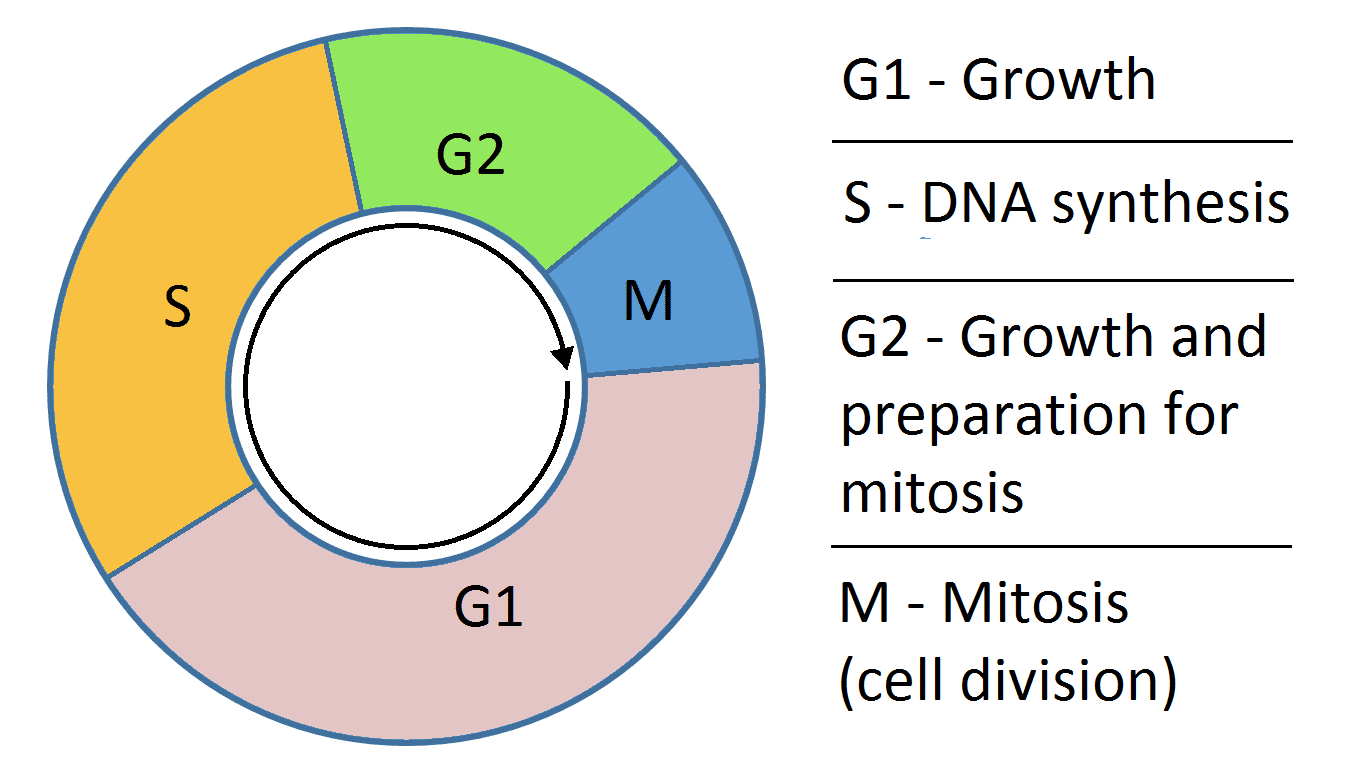Multicellular eukaryotes undergo mitosis for repairing tissue and for growth.
Prophase i, metaphase i, anaphase i, telophase i, cytokinesis, meiosis ii. Prophase is the first stage of mitosis, during which the cell begins to position itself in order to separate the chromatids and divide. He explains the importance of interphase, prop. mitosis and cytokinesis 6 of 16 drag the labels onto the diagram to identify the steps of mitosis and cytokinesis in the proper order from left to right. The genome is composed of a number of chromosomes—complexes of tightly coiled dna that contain genetic information vital for proper cell function.

This is a short interactive useful for helping students understand the basics of the cell cycle and how one cell divides to form two genetically identical daughter cells.
He explains the importance of interphase, prop. The following are not in the correct order. The correct order of events during meiosis is : Chromosomes move to the opposite cell poles. Meiosis ii and mitosis are two types of cell division. Terms in this set (11) prophase. The main difference between meiosis ii and mitosis is that the meiosis ii essentially occurs in haploid cells that have gone through meiosis i whereas the mitosis mainly occurs in diploid cells.moreover, meiosis ii occurs in the production of gametes in sexual reproduction while mitosis occurs in asexual reproduction. They are shown in the figure below and described in greater detail in the following sections. Here we investigate the key differences and similarities between the two processes. We will study various steps of mitosis, its regulation as well as its importance in living organisms. These compact chromosomes are easier to move than the long thin chromosomes in a cell which is. The photomicrograph below illustrates two newly formed cells that have just completed the process of mitosis. A observe the data b analyze the results c measure the data d develop a conclusion what are the two types of.
Prophase, metaphase, anaphase, and telophase. The steps of mitosis are shown. Which stage of mitosis is the cell in, when the chromosomes are on opposite sides of the cell in their own nucleus? Each step has stages just as in mitosis but is named with a number after every stage to signify the step. Spindle fibers emerge from the centrosomes.

Cytokinesis, while not an official phase of mitosis, is the division of the cell cytoplasm at the end of the mitotic process.
A observe the data b analyze the results c measure the data d develop a conclusion what are the two types of. Note that, some cells undergo g0, a stage into the g1 stage of cell division, which. Nov 25, 2015 there is a very easy way to remember the stages of mitosis: The phases are called prophase, metaphase, anaphase, and telophase. At the end of mitosis, division of the cytoplasm, or cytokinesis, occurs. mitosis and meiosis are two kinds of cell division that are essential to most forms of life on earth. Biology the eukaryotic cell mitosis. mitosis is a division of the nucleus plus cytokinesis, and produces two identical daughter cells during prophase (p), metaphase (m), anaphase (a), and. Meiosis and mitosis processes has steps called prophase, metaphase, anaphase, and telophase. Recall that mitosis is a part of the normal cell cycle. At the end of anaphase i of meiosis, the cell enters into telophase i. Metaphase 1 (to signify metaphase stage of meiosis 1) while metaphase ii (or metaphase 2) refers to metaphase stage of meiosis 2. mitosis, which takes place in the cell nucleus, consists of many steps;
G1, s, g2, and mitosis.… List the steps and images of mitosis in the correct order and list a major event which occurs in each stage. Similar to mitosis, microtubules such as the kinetochore fibers interact to pull the chromosomes to the cell poles. In order to survive, these cells must be able to make more cells. Because each resultant daughter cell should be genetically identical to the parent cell, the parent cell must make a copy of each.

So there will be prophase 1 (to signify prophase stage of meiosis 1);
The correct order of events during meiosis is : Telophase 4th stage of mitosis 20. What are the order of the phases in mitosis? Without mitosis, life would be impossible. Prophase is the first stage of mitosis, during which the cell begins to position itself in order to separate the chromatids and divide. This is a short interactive useful for helping students understand the basics of the cell cycle and how one cell divides to form two genetically identical daughter cells. This step ends when a spermatogonium divides into two primary spermatocytes. Better understand the process and stages of mitosis. We will study various steps of mitosis, its regulation as well as its importance in living organisms. However, the process can seem a bit complex. Similar to mitosis, microtubules such as the kinetochore fibers interact to pull the chromosomes to the cell poles. Additional explanations about 6 steps that are needed for mitosis to occur. Metaphase 1 (to signify metaphase stage of meiosis 1) while metaphase ii (or metaphase 2) refers to metaphase stage of meiosis 2.
14+ Steps Of Mitosis In Order PNG. This answer has been confirmed as correct and helpful. What are the stages of mitosis and meiosis? Each stage has its own process. These compact chromosomes are easier to move than the long thin chromosomes in a cell which is. Dna is wound tightly into compact chromosomes (each with two sister _____).
Log in or sign up first steps of mitosis. 1.please place the steps of the cell cycle for a new cell in order from first (on top) to last (on bottom) 1.






